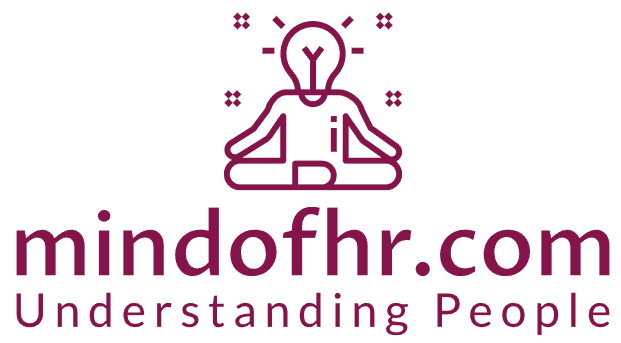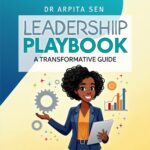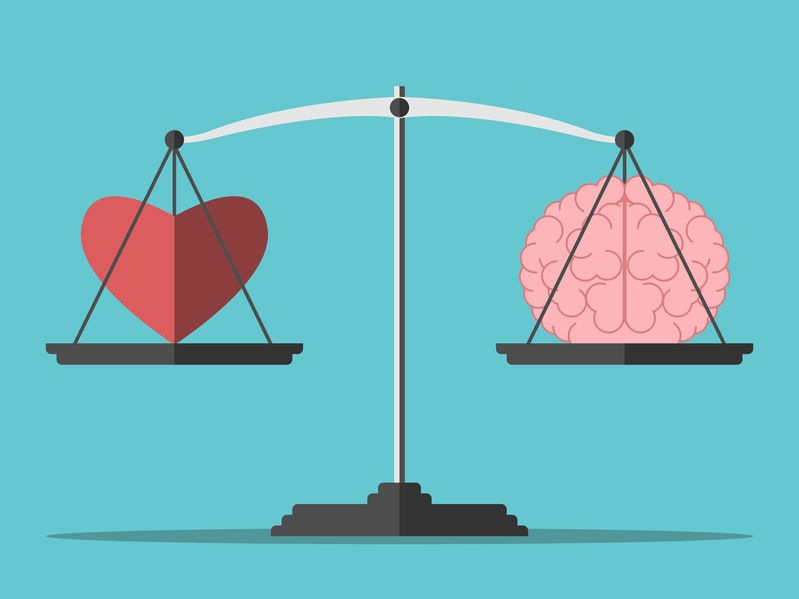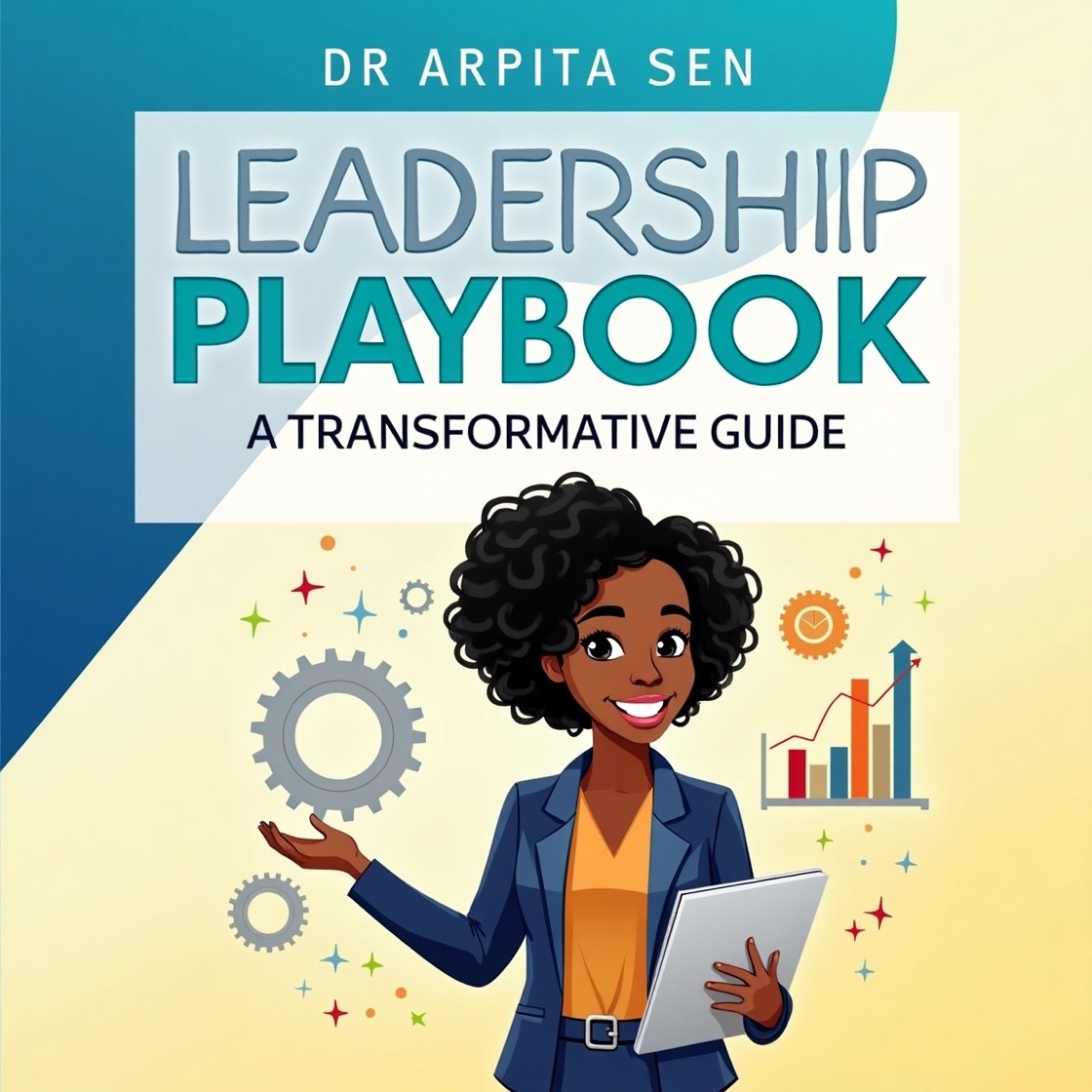In the dynamic world of Human Resources (HR), decision-making stands as the linchpin between success and stagnation. Often dismissed as a mere “gut feeling,” intuition, when viewed through a more discerning lens, reveals itself as a potent force—an intricate calculation wired into the very fabric of our cognitive machinery. This article unearths the profound dimensions of intuition, exploring its calculated nature and unraveling its significance in the context of HR. As we delve into the industry examples and resonant quotes, we embark on a journey to redefine intuition as the secret weapon in the arsenal of HR professionals.

The Nature of Intuition: Unveiling the Calculated Wizardry
Intuition is no conjuring trick. It’s the culmination of our brain’s relentless processing power, a symphony of experiences, and an innate ability to decipher patterns. As Malcolm Gladwell aptly puts it, “The key to good decision making is not knowledge. It is understanding. We are swimming in the former. We are desperately lacking in the latter.” In HR, understanding is the currency, and intuition is the transactional language that converts complex insights into actionable decisions.

Take the recruitment process, for instance. In a sea of resumes and interviews, intuition becomes the compass guiding HR professionals towards the ideal candidate. Netflix, a pioneer in HR innovation, embraces this idea, stating, “We value calculated intuition, where careful examination of the data might lead us to a counterintuitive solution.” In the HR landscape, where every hire shapes the organizational culture, intuition acts as a discerning guide, steering through the waves of data to uncover hidden gems.
The Science of Intuition: Neural Ballet in HR’s Orchestra
Neuroscience unravels the orchestration of intuition within our brains. The limbic system, a hotbed of emotions, intertwines with the prefrontal cortex, the bastion of rationality. Together, they dance in a neural ballet, producing what we often perceive as intuition. In HR, this dance is palpable when dealing with employee engagement.
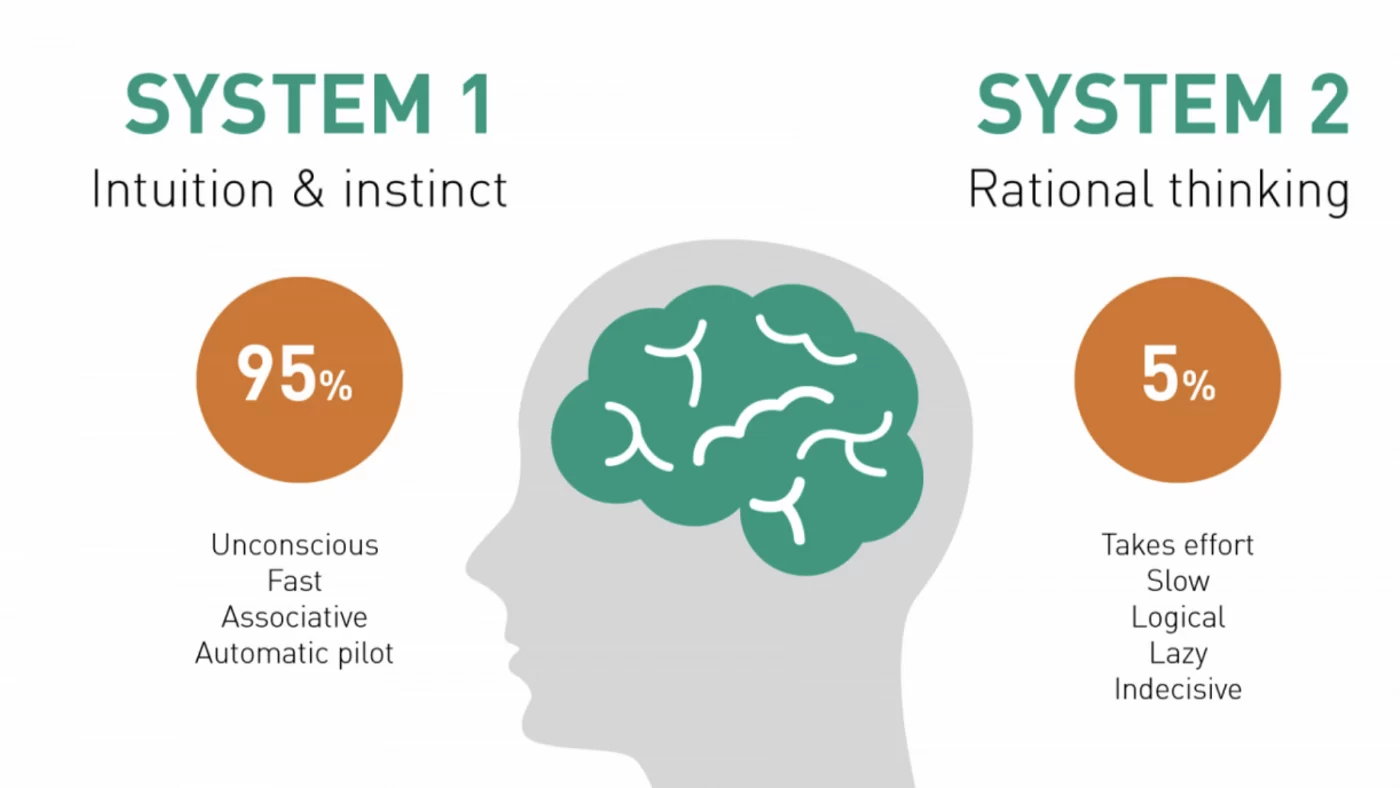
The neuroscience of intuition delves into the intricate workings of the brain, unraveling the mechanisms that underlie this seemingly mysterious yet powerful cognitive phenomenon. Intuition, often described as a rapid, gut feeling or an immediate understanding without conscious reasoning, is deeply rooted in the neural processes that govern how our brains process information.
- Fast and Frugal Heuristics:
- One key aspect of intuition’s neuroscience is the reliance on heuristics, which are mental shortcuts that allow the brain to make quick decisions based on limited information. These heuristics are shaped by experiences, learning, and evolutionary processes.
- Nobel laureate Daniel Kahneman introduced the concept of System 1 and System 2 thinking. Intuition primarily operates under System 1, which is fast, automatic, and intuitive, contrasting with the slower, more deliberate, and analytical processes of System 2.
- Pattern Recognition:
- The brain excels at recognizing patterns, even when we may not consciously be aware of them. Intuition often involves the rapid recognition of familiar patterns, drawing on the brain’s extensive database of past experiences.
- Neuroscientists point to the role of the brain’s limbic system, particularly the amygdala, which is associated with emotions and memory. This emotional memory bank contributes to the rapid assessment of situations and the generation of intuitive responses.
- Neural Networks and Synaptic Connections:
- The brain operates through intricate neural networks, where neurons communicate through synapses. Intuition is thought to emerge from the vast network of interconnected neurons, allowing for the quick transmission of signals and the integration of information.
- Research indicates that the brain establishes synaptic connections through repeated exposure to certain stimuli. Intuition, in this context, can be viewed as the brain’s ability to recognize familiar configurations and respond rapidly based on learned associations.
- Implicit Learning:
- Intuition often involves implicit learning, where individuals acquire knowledge without explicit awareness. This learning occurs through exposure to diverse experiences, gradually forming a foundation for intuitive judgments.
- Neuroimaging studies, such as fMRI scans, reveal that areas of the brain associated with implicit learning, such as the basal ganglia, play a role in intuitive decision-making.
- Emotional Intelligence:
- Intuition is closely tied to emotional intelligence, and the neuroscience of intuition acknowledges the impact of emotions on decision-making. The brain’s prefrontal cortex, responsible for emotional regulation, contributes to the emotional aspect of intuitive responses.
- Emotional signals from the brain, conveyed through the autonomic nervous system, can influence intuitive judgments. The ability to empathize and understand others’ emotions is a crucial component of intuitive decision-making.
- Unconscious Processing:
- A significant portion of intuitive processing occurs unconsciously. The brain continuously processes vast amounts of information, and intuition often emerges when the brain sifts through this information rapidly, arriving at conclusions without explicit awareness.
- Neuroscientists point to the role of the default mode network (DMN), a network of brain regions that is active when the mind is at rest. The DMN is thought to be involved in internal thought processes, self-reflection, and potentially, intuitive insights.
Understanding the neuroscience of intuition provides valuable insights into the sophistication of the human brain. It highlights the role of neural networks, emotional processing, and implicit learning in shaping our intuitive responses. While intuition may seem elusive, emerging research in neuroscience continues to peel back the layers, revealing the neural intricacies that contribute to our ability to make rapid and often remarkably accurate decisions.
Consider a scenario where traditional metrics fall short in gauging employee morale. Intuition, refined through experience and emotional intelligence, steps in. Google, renowned for its progressive HR practices, recognizes the power of intuition in engagement, emphasizing the need for “emotional intelligence, including self-awareness and empathy.” In this dance between emotion and reason, HR professionals sculpt strategies that resonate with the hearts and minds of their workforce.
The Role of Experience: A Tapestry Woven with HR Expertise
Intuition doesn’t sprout overnight; it is cultivated through years of HR expertise. As Maya Angelou beautifully articulates, “I believe that one can never leave home. I believe that one carries the shadows, the dreams, the fears, and the dragons of home under one’s skin, at the extreme corners of one’s eyes and possibly in the gristle of the earlobe.”
In HR, the “home” is the collective experience of dealing with diverse workplace scenarios. It’s the HR professional who, having weathered storms and celebrated triumphs, carries the nuanced tapestry of insights under their skin. This wealth of experience is the foundation upon which intuitive judgments are built, guiding HR leaders to navigate complexities with wisdom.
Intuition as a Decision-Making Tool: HR’s Artistry Unveiled
In the realm of HR, decisions are not mere transactions; they are strokes on a canvas, painting the portrait of organizational success. Intuition, when wielded with finesse, becomes the brush in the hands of an artist. Jeff Bezos, the visionary behind Amazon, encapsulates this sentiment: “The best intuition in the world isn’t a substitute for a detailed understanding of your customers.” In the HR canvas, customers are the employees, and detailed understanding is the result of intuition augmented by thorough comprehension.
Consider a scenario where a company is on the cusp of a cultural shift. Data might provide insights, but it’s the intuitive grasp of the pulse of the workforce that facilitates a seamless transition. Pixar, known for its creative and people-centric culture, recognizes the artistry of HR, stating, “We start with the assumption that our people are smart, and smart people will figure things out.” This assumption is an intuitive stroke, a belief that transcends conventional metrics and taps into the core of human potential.
The Pitfalls of Blind Intuition: Navigating the Ethical Landscape
While intuition is a beacon, it can also lead astray if blindfolded by biases. In HR, where fairness and ethics reign supreme, intuition must be tempered with self-awareness. As James Bryant Conant warns, “Behold the turtle: He makes progress only when he sticks his neck out.”
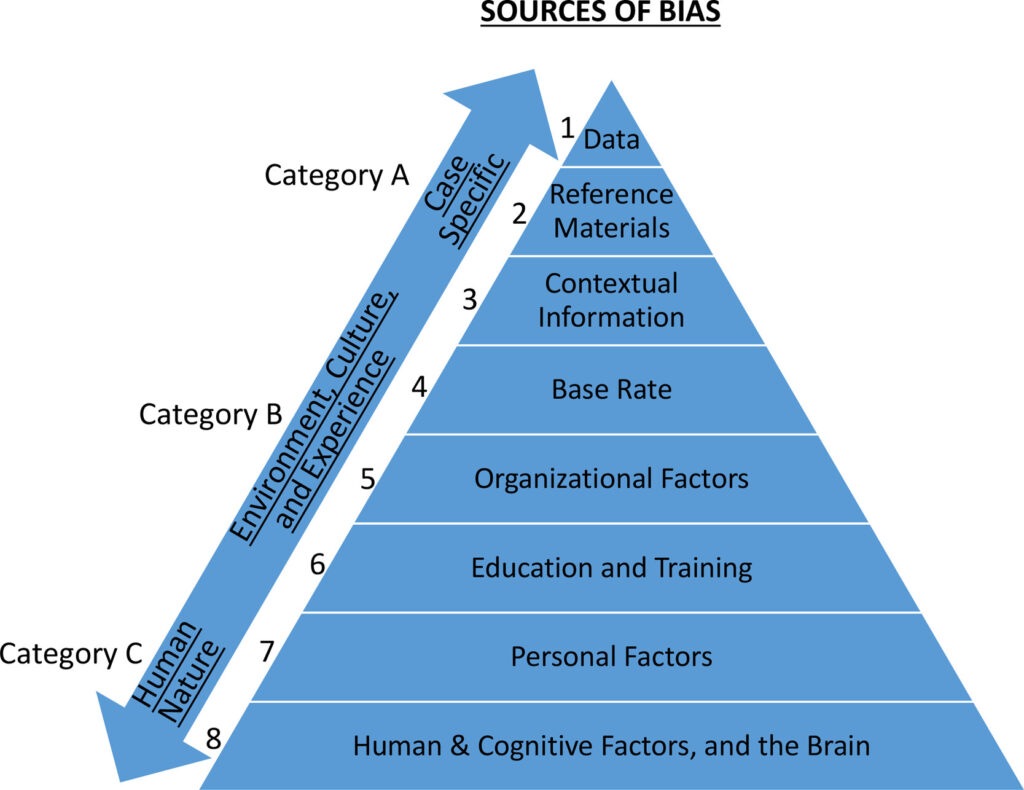
Sticking one’s neck out in HR requires the courage to confront biases. Blind reliance on intuition, unchecked by introspection, can lead to decisions marred by unconscious prejudices. Starbucks, in response to a racially charged incident, embarked on a journey of introspection. Kevin Johnson, Starbucks‘ CEO, acknowledges, “Starbucks was built as a company that creates a warm, welcoming environment for all customers. That didn’t happen in this case.” This introspective stance exemplifies the intersection of intuition and accountability, a vital lesson for HR professionals navigating the ethical landscape.
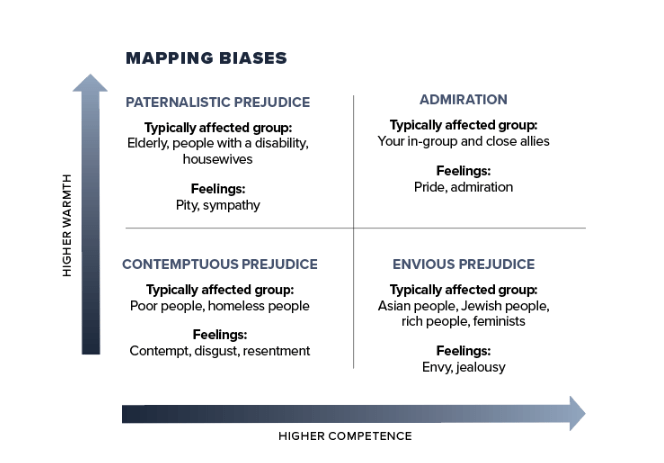
In the intricate tapestry of Human Resources (HR), where decisions shape destinies and cultures are sculpted, understanding the nuances of workplace prejudices becomes imperative. As we delve into the realms of paternalistic prejudice, admiration, contemptuous prejudice, and envious prejudice, we uncover the undercurrents that impact the HR landscape, shedding light on how intuition acts as a mitigating force in navigating these complex dynamics.
1. Paternalistic Prejudice: The Benevolent Mask
Paternalistic prejudice often wears the mask of benevolence, but beneath its surface lies a subtle form of discrimination. This prejudice manifests when individuals or groups are treated with apparent kindness and consideration, but it stems from an underlying assumption of superiority. In HR, this can play out when leaders make decisions for employees based on perceived wisdom, overshadowing individual capabilities.
The calculated nature of intuition in HR becomes crucial in discerning the fine line between guidance and overreach. By honing intuitive skills, HR professionals can navigate paternalistic prejudices, ensuring that decisions are rooted in a genuine understanding of individual potential rather than preconceived notions.
Industry Example: A leader might exhibit paternalistic prejudice by making career decisions for a subordinate without considering their aspirations and skills, assuming they know what’s best for the individual.
2. Admiration: A Double-Edged Sword
While admiration is generally positive, it can morph into a form of prejudice when unchecked. In the workplace, admiration bias occurs when certain individuals receive preferential treatment due to perceived exceptional qualities. HR, being the custodian of fairness, must be vigilant in ensuring that admiration does not lead to unfair advantages or blind spots in decision-making.
Intuition, as the calculated compass in HR, aids professionals in balancing admiration. By consciously assessing the strengths and weaknesses of individuals without succumbing to biases, HR leaders can ensure that decisions are based on merit rather than undue favoritism.
Industry Example: An HR manager might unconsciously favor an employee they admire for their charisma, potentially overlooking the contributions of a more introverted but equally competent team member.
3. Contemptuous Prejudice: The Silent Saboteur
Contemptuous prejudice manifests as a disdainful attitude towards certain individuals or groups based on perceived shortcomings. In the workplace, this can lead to exclusion, microaggressions, and even sabotage. HR, as the guardian of a healthy work environment, must be attuned to the subtle signs of contemptuous prejudice and address them proactively.
Intuition, when finely tuned, enables HR professionals to sense the undercurrents of contemptuous prejudice. By recognizing the unspoken cues and addressing them with empathy, HR leaders can foster an inclusive and respectful workplace culture.
Industry Example: An employee might face contemptuous prejudice due to their unconventional work style, leading to exclusion from team activities and opportunities.
4. Envious Prejudice: Navigating the Green-Eyed Monster
Envious prejudice arises when individuals harbor resentment or hostility towards others based on their success, skills, or perceived advantages. In the workplace, this can manifest as undermining colleagues or sabotaging their opportunities. HR, in its role as a mediator, must be adept at identifying and mitigating the impact of envious prejudice on team dynamics.
Intuition becomes a strategic asset in handling envious prejudice. HR professionals, by intuitively grasping the dynamics at play, can design interventions that address the root causes of envy and foster a collaborative and supportive work environment.
Industry Example: An employee might face envious prejudice from peers due to their rapid career advancement, leading to subtle attempts to undermine their credibility.
As the custodian of workplace dynamics, HR stands at the intersection of prejudices and calculated decision-making. Paternalistic prejudice, admiration bias, contemptuous prejudice, and envious prejudice are threads woven into the fabric of every organization, influencing how professionals are perceived and treated.
In this intricate dance, intuition emerges as the arbiter of fairness. By recognizing the signs, understanding the nuances, and navigating through the biases with a discerning eye, HR professionals can use intuition to sculpt an environment where talent flourishes, and prejudices are replaced by a culture of respect and collaboration. It’s the alchemy of HR, where intuition transforms workplace dynamics into a harmonious symphony of human potential.
Training and Developing Intuition in HR: Crafting the Masterpiece
Recognizing intuition as a trainable skill opens avenues for HR professionals to hone their craft intentionally. Jack Welch’s words echo in the corridors of HR development: “An organization’s ability to learn, and translate that learning into action rapidly, is the ultimate competitive advantage.”
HR professionals can actively cultivate their intuitive prowess through intentional learning experiences. Amazon’s leadership principles, for example, emphasize the importance of “learn and be curious.” In the HR domain, curiosity is the catalyst for intuitive growth, propelling professionals to explore uncharted territories of employee experience and organizational dynamics.
Conclusion: HR’s Symphony of Success, Orchestrated by Intuition
In the symphony of HR success, intuition emerges as the conductor, weaving together the threads of experience, science, and calculated decision-making. It is not a mysterious force but a calibrated instrument in the hands of HR professionals, sculpting strategies that resonate with the heartbeat of the workforce.
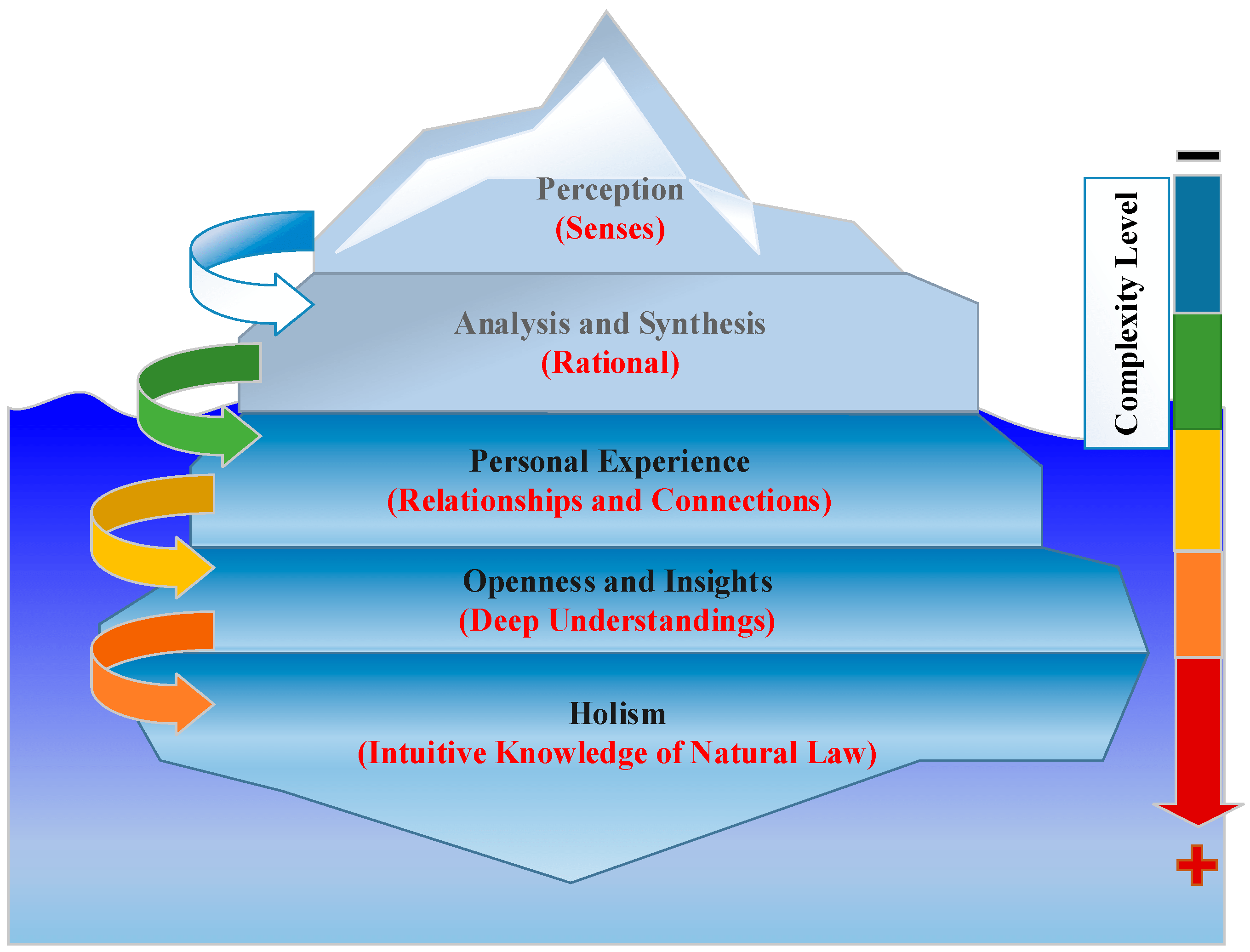
As HR continues its evolution, embracing intuition as a cornerstone skill unlocks new dimensions of excellence. In the words of Steve Jobs, “You have to trust in something—your gut, destiny, life, karma, whatever. This approach has never let me down, and it has made all the difference.” In the HR world, where every decision shapes the destiny of individuals and organizations, trusting in the calculated dance of intuition can indeed make all the difference.
